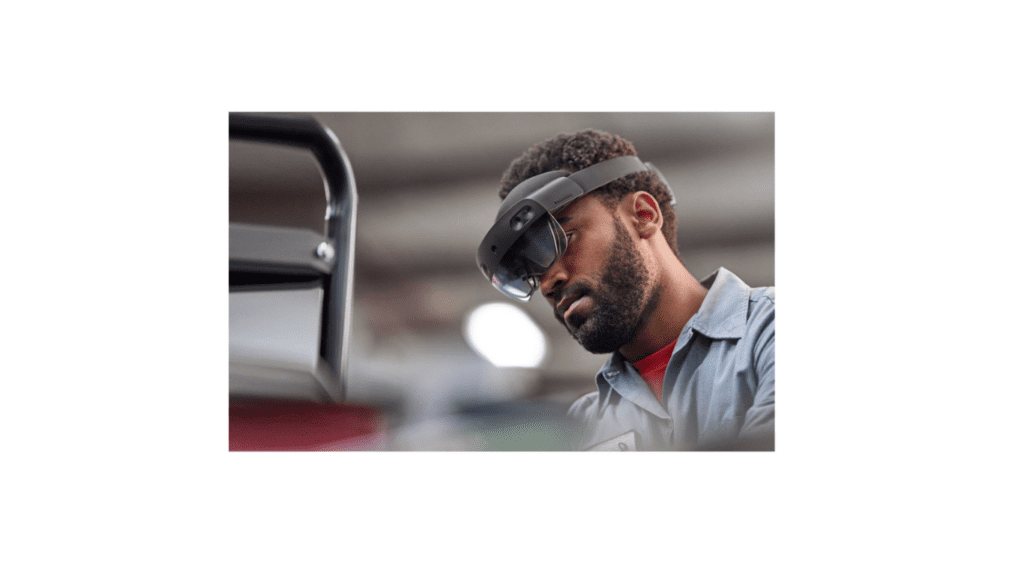According to a recent study by Statista, the global augmented reality (AR), virtual reality (VR), and mixed reality (MR) market reached 28 billion U.S. dollars in 2021 which is expected to grow up to 250 BN by 2028. Augmented reality-based hardware systems are seeing a steady rise across sectors with many Chinese players, along with giants like Microsoft and Apple vying for the top spot. In 2022, the hardware segment of the augmented reality market is poised to see higher traction as compared to the software solutions.

What began as a training experiment in the US Air Force, later gained grounds in the entertainment and gaming industry where its commercial phase began. Be it for marketing or for educational purposes. , the digitally manipulated layer of information over our reality has been leveraged at several levels across sectors.
Enriching reality, leveraging surrounding
Augmented reality provides a digital experience to physical components. In today’s a digital era, where social media and digital technology drive markets across globe, having an AR-driven technology at one’s disposal helps expand the horizon of a business. For Example, movie ticket-sales companies, with the help of augmented reality offer prospective customers a 3D display of the theatres for customers to choose their favourite seats through a visual experience without being physically present at the theatre.
Likewise, AR supported classrooms have made it easier for students to sit anywhere in the world and attend classes without missing out on their important lessons.
The scope of AR is not limited to the above-mentioned ones. Augmented shopping experiences have been recognized as one of the rising trends in the retail industry as potential customers usually preferprefers to try products before purchasing them.
Virtual trial rooms, cosmetic samples, automobile test drives, and many other related concepts testify to the effectiveness of Augmented Reality in today’s fast-paced internet-savvy world. Right from trying on one’s favourite makeup and clothes to trying interior designs to suit one’s space without needing to interact with the sellers in person, AR negates the need for a large physical inventory to allow customers to try on infinite number of items in search of the one that best meets their needs.

Arrival of the next horizon
AR, over the years has become an integral part of the aviation Industry as well. According to a recent survey, about 85% of aviation accidents happen due to an error made by pilots.
The application of augmented reality in aircrafts can bring significant improvements in terms of safety and comfort. Leveraging the potential of AR to inspect, maintain and repair an aircraft can drastically improve the performance of aircraft engineers. Commercial flight engineers can leverage AR to inspect and maintain their aircraft. The technology offers real-time details with a combination of technologies such as 3D scanning, sensors etc. With this, the maintenance of the aircraft can become incredibly smooth, which brings safety to the industry.
Also, Augmented reality has the capacity to make vivid air-traffic visualization. With AR technology, pilots can have a 360-degree view with statistics and virtual images that make air traffic clearly visible.
Several innovative projects over the last few years have proven the potential of AR with their tremendous success rates. According to a study, there was a 90% increase in the rate of accuracy followed by a 30% decrease in time consumption by building a basic AR project. With tech giant Apple having the world’s largest AR platform with hundreds of millions of AR-enabled devices, as well as thousands of AR apps on the App Store and AR being adopted by other giants like, Samsung Google, Microsoft and Facebook, it is undeniable that AR supported businesses would take the centre stage in the business world in the next few years.
By Umashree Medhi






